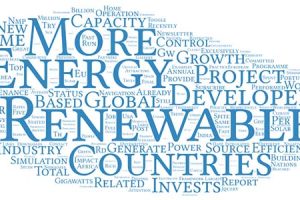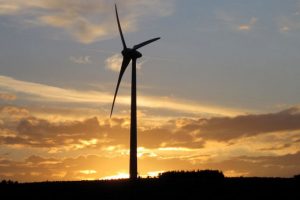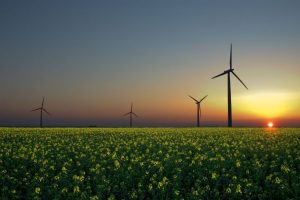
The Renewable Industry is not Related Exclusively to Developed Countries any more
Renewable energy is attracting more and more attention of the global community nowadays, in spite of the fact that still it is not a mainstream source of energy in the world. It is already stated that the renewables have a great generating capacity and they are able to provide energy to run the entire countries (we can recall the real examples shown recently by different countries like Germany and Portugal). Governments of 146 countries already offer supportive policies to this industry and try to keep a leading role in driving growth of renewables and 173 countries introduced targets related with renewable energies for 2016.
This shows a strong commitment of many nations to reduce the negative impact on climate change. At the same time, this practice ensures a sustainable growth of energy generation. According to the 2016 Global Status Report, the renewables generated 24% of global electricity in 2015.
The total investment in renewables reached $286 billion last year. The emergent countries like China[1], Brazil and India, performed the largest investments into renewables last year, although the leading countries on the international scenario according to per capita installations of wind, solar, hydropower and biomass are Denmark, Germany, Sweden, Spain and Portugal. The renewables provided 44% of total EU capacity in 2015. What is surprising is that less developed countries, like Morocco, Uruguay, Honduras, Nicaragua, the Philippines and South Africa, prioritized the transition from traditional to renewable sources for energy generation investing more than $500 million in renewables, having spent 1% of their GDP for renewable energy expansion. The developed countries, by contrast, decreased in their investments by 8% in 2015, a falling trend kept for the past five years.
Without a doubt, the renewable energy has grown fast worldwide recently. It is clearly seen from the growth in total investments – 5% more in 2015 than in 2014, and also from the renewable power capacity (in GW) – 9% more in 2015, that is, 148 GW more[2]. Just to understand these figures better, the additional gigawatts in 2015 are equivalent to Africa’s generating capacity from all sources. The most prominent renewable sources were solar and wind showing 28% and 17% of growth in their power capacities, respectively. The lowest growth corresponded to hydro and geothermal power capacities – 2,7% and 2,4%, respectively.
The renewables are a priority in many countries of the world what makes this industry truly global and not dependable on just a few nations. The renewable industry is shaping already the job market: only in the USA there are 11 million of people employed by 154 companies 100% committed to green energies.
[1] China played a dominant role in investment accounting for 36% of the global total ($102,9 billion), as per The Renewables 2016 Global Status Report.
[2] In 2015 renewables worldwide had the capacity to generate 1,849 gigawatts of power, compared to 1,701 gigawatts in 2014.
Record growth in renewable energy, especially in developing countries – new report
The Renewables 2016 Global Status Report
Renewable energy surges to record levels around the world
Developing world invests more in renewable energy than rich countries for first time, new study says



















